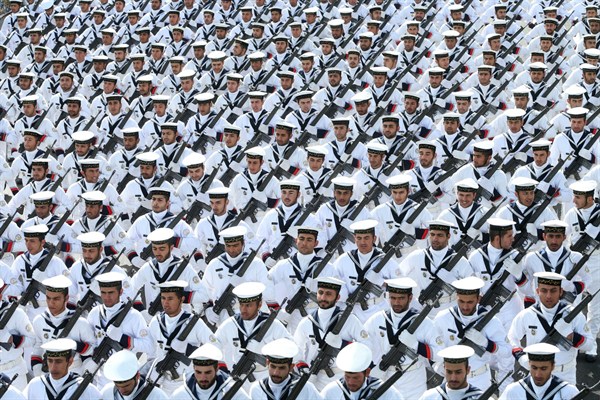In the years leading up to the Iran nuclear deal, Iran and China found their interests at times aligning and at others diverging. Since the late 1990s, China had reduced its defense ties with Iran under U.S. pressure. At the same time, espousing a discourse of peace and cooperation, Beijing did not want the West to go to war with Iran. Moreover, Tehran’s perseverance in the face of Western efforts to isolate Iran was a counterbalancing force against U.S. hegemony in the Middle East, which suited China’s strategic interests.
However, the conflict with Iran over its nuclear program also indirectly threatened China, because a war risked disrupting Middle Eastern energy supplies upon which China is increasingly dependent. Of course, China could always rely on Saudi Arabia to compensate for sanctions on Iranian oil. But China could not overcome the risk of a blockade to the vital Strait of Hormuz, something Iran’s political, military and naval leaders often held out as a threat amid the nuclear impasse. Some 30 percent of all seaborne-traded oil flows through the strait. Unlike the U.S. Navy’s Fifth Fleet, which is responsible for operations in the Persian Gulf, China’s People Liberation Army Navy (PLAN) does not have sufficient capabilities to conduct long-range operations on its own to keep such vital sea-lanes open.
That’s why, leading up to the Iran nuclear deal, China expanded its defense ties in the Gulf, particularly its naval cooperation with Iran. And it has continued to do so even after the agreement, which diminished the threat to the Strait of Hormuz. But Beijing will have to balance its relationship with Tehran with its existing economic and naval ties with another Gulf partner and Iranian rival: Saudi Arabia.

